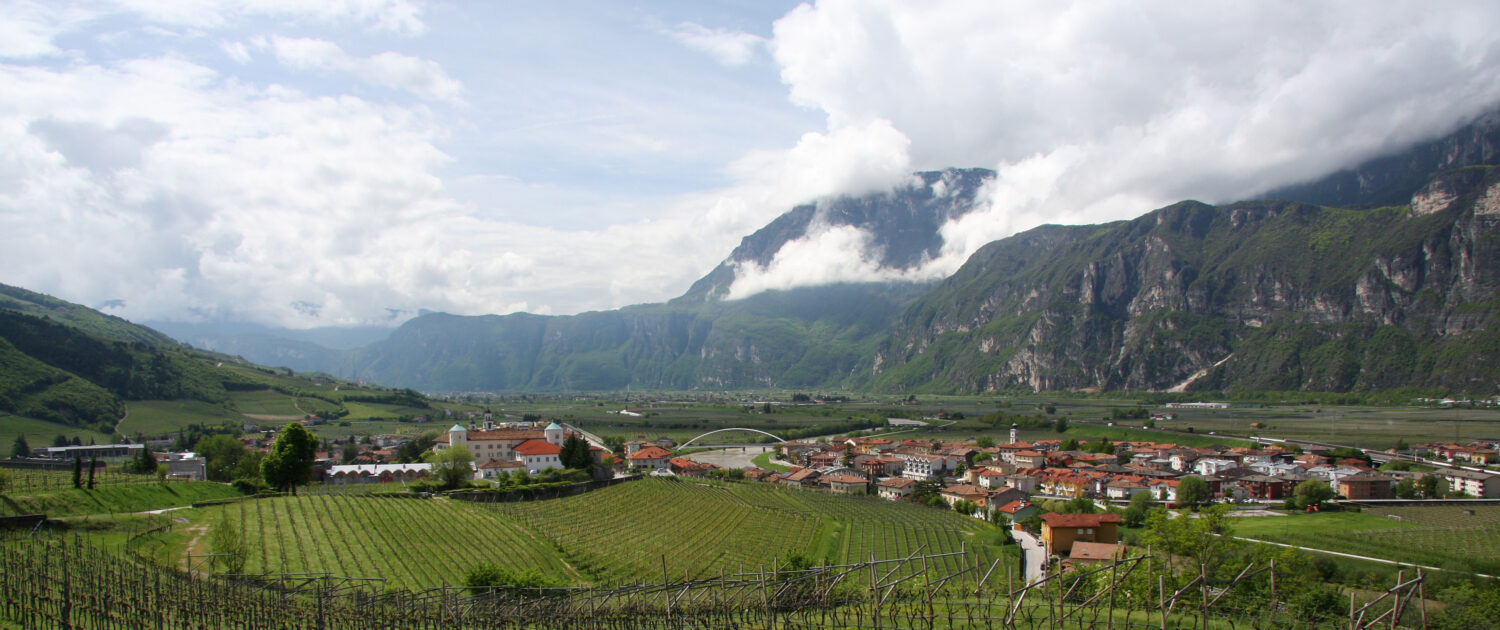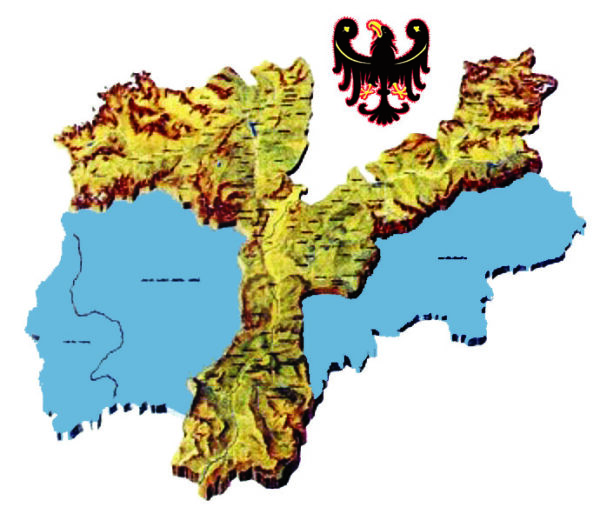September 17, 2021
They’re running at this time of night.
The empty ones on the tractors, return to the family depots, the full ones are loaded onto trucks to the warehouses of the whole of Europe and beyond. Apple crates that make the economy of Trentino run.
They’re still moving at this time of night.
Lights lit both in the cellars of the cooperatives and the independent winemakers. The production of prosecchi and wines has begun. The smell of must is in the air of the entire Adige Valley.
While we wish all Trentino farmers occupied in this busy period a prosperous grape- and apple harvest, we hope that the wealth generated is also used to make those courageous choices that the Trentino environment needs.
Examples? Drastic reduction of synthetic fertilizers and plant protection products, optimization of water resources, especially groundwater, increase in crop diversity, maintenance of green hedges and creation of buffer zones in the vicinity of forests, increase of biodiversity in the field, placing beehives onsite to encourage pollination, promotion of sustainable practices such as green manure and green pruning, etc. The possibilities are countless and fall within the range of possibilities addressed by the proposal to establish a provincial organic farming district.
Yet, the Provincial Council prefers mere modernization to revive agriculture in Trentino. With an tender notice of € 3 million, the Province aims to redevelop existing structures in the wine and wine tourism sector of Trentino that have been affected by the effects dictated by Covid 19. A very fragile justification to legitimize a substantial support to operations of “renovation, modernization, extension, renewal of furniture and equipment, qualification or construction of outdoor spaces, tasting and didactic rooms, product sales points, energy and technological improvements” [1] in a sector that has suffered very little from the effects of the pandemic. Is it possible that the only intervention to improve the environmental sustainability of the winery industry is hidden behind the “energy improvement”?
At both the political and business levels, Trentino’s agriculture remains on the conventional approach. It runs but continues to run in the usual direction, not caring about all the environmental objectives provided for by the European Directives, the Paris Agreement, the provincial strategic objectives regarding the conservation of environmental heritage.

Fig. 1: Manual wine harvest on Guyot wine training system (free-source photo by Lasseter Winery on Unsplash).

Fig. 2: view of the Piana Rotaliana (Trento), famous for its vineyards and wine culture (free-source photo by Yerpo – Own work, CC BY-SA 3.0, https://commons.wikimedia.org/w/index.php?curid=25796670).
Web references:
[1] Infotn. (2021, September 17). In arrivo 3 milioni di euro per il settore vitivinicolo ed enoturistico. Ufficio Stampa Provincia Autonoma di Trento.
Cover image: free-source photo by Lasseter Winery on Unsplash.
This article is part of the project “Environmental Blogging Boost 4 Students”, aimed at increasing the spread of agroecology and sustainable water management in Trentino. The project is financed by the BIM Adige Water Catchments Consortium (grant approved by provision n. 100 of June 06, 2021).




